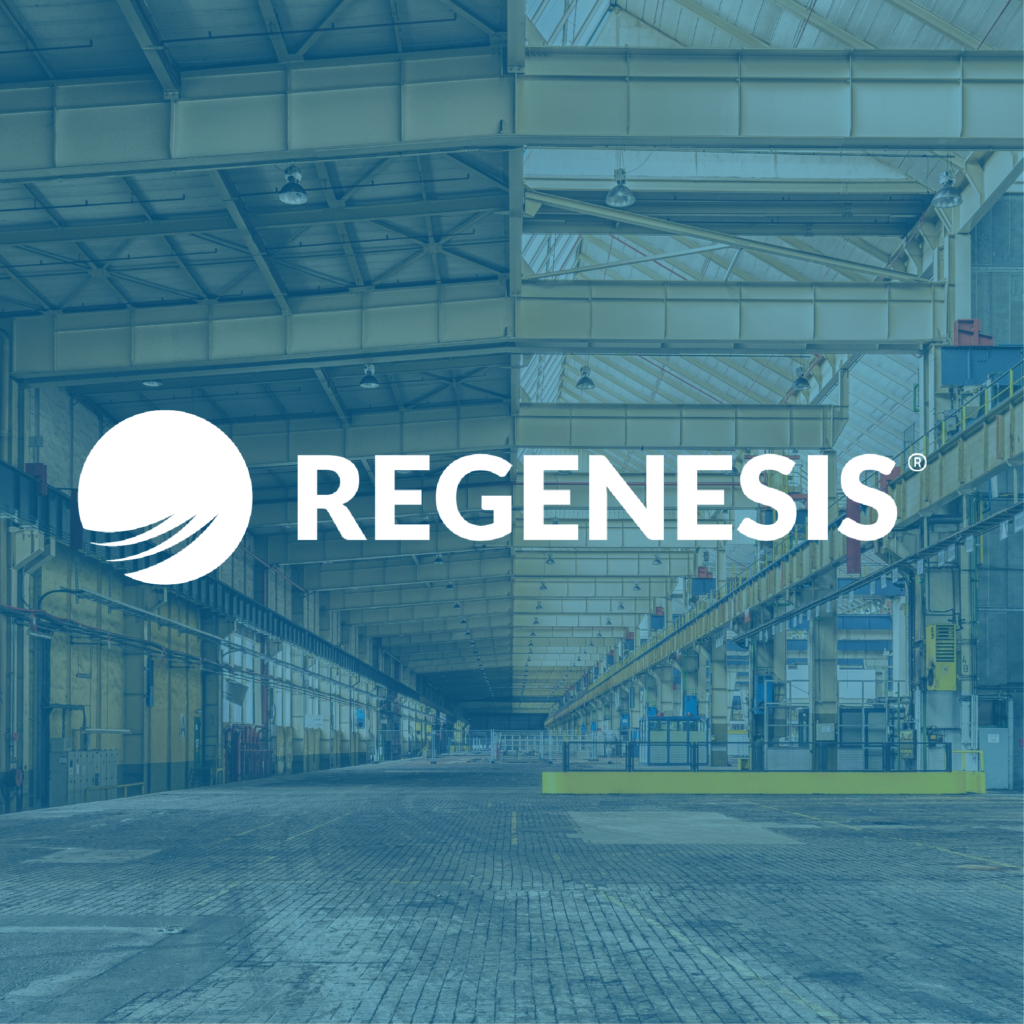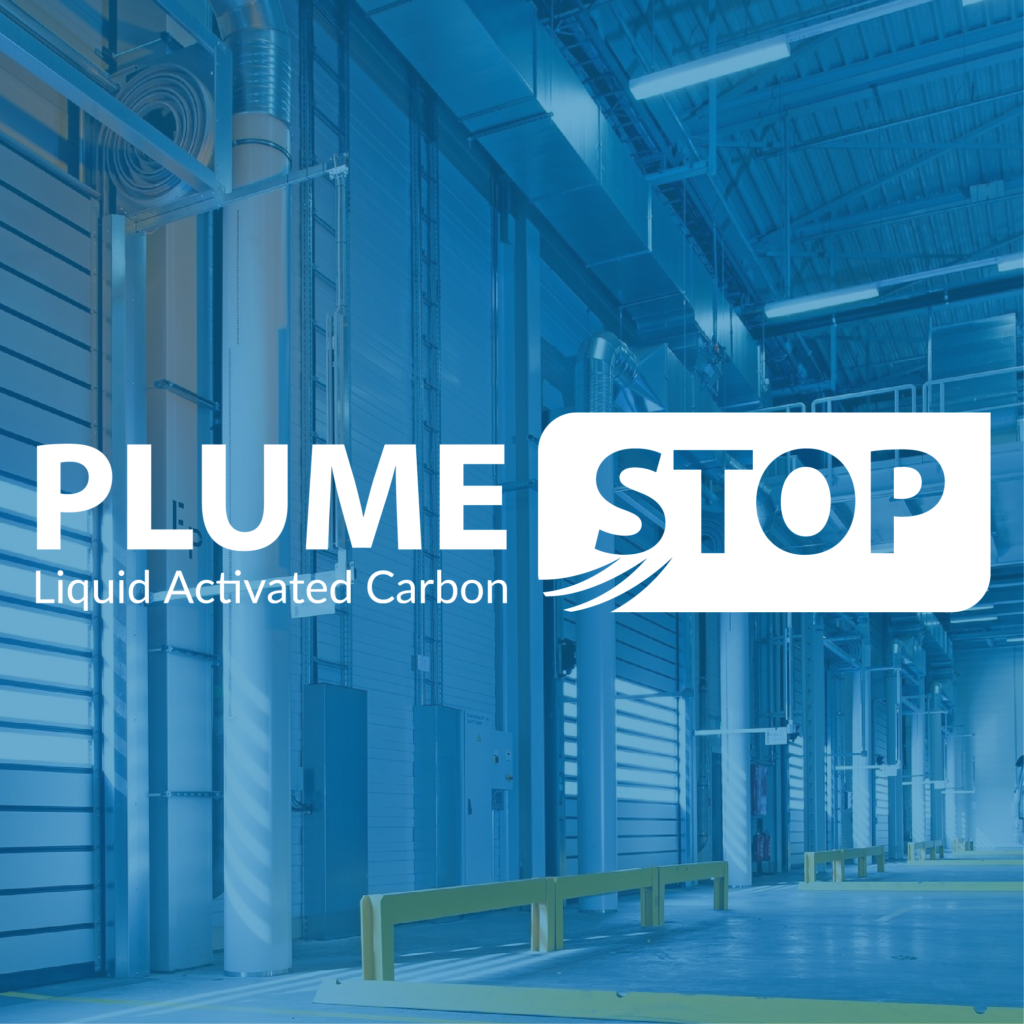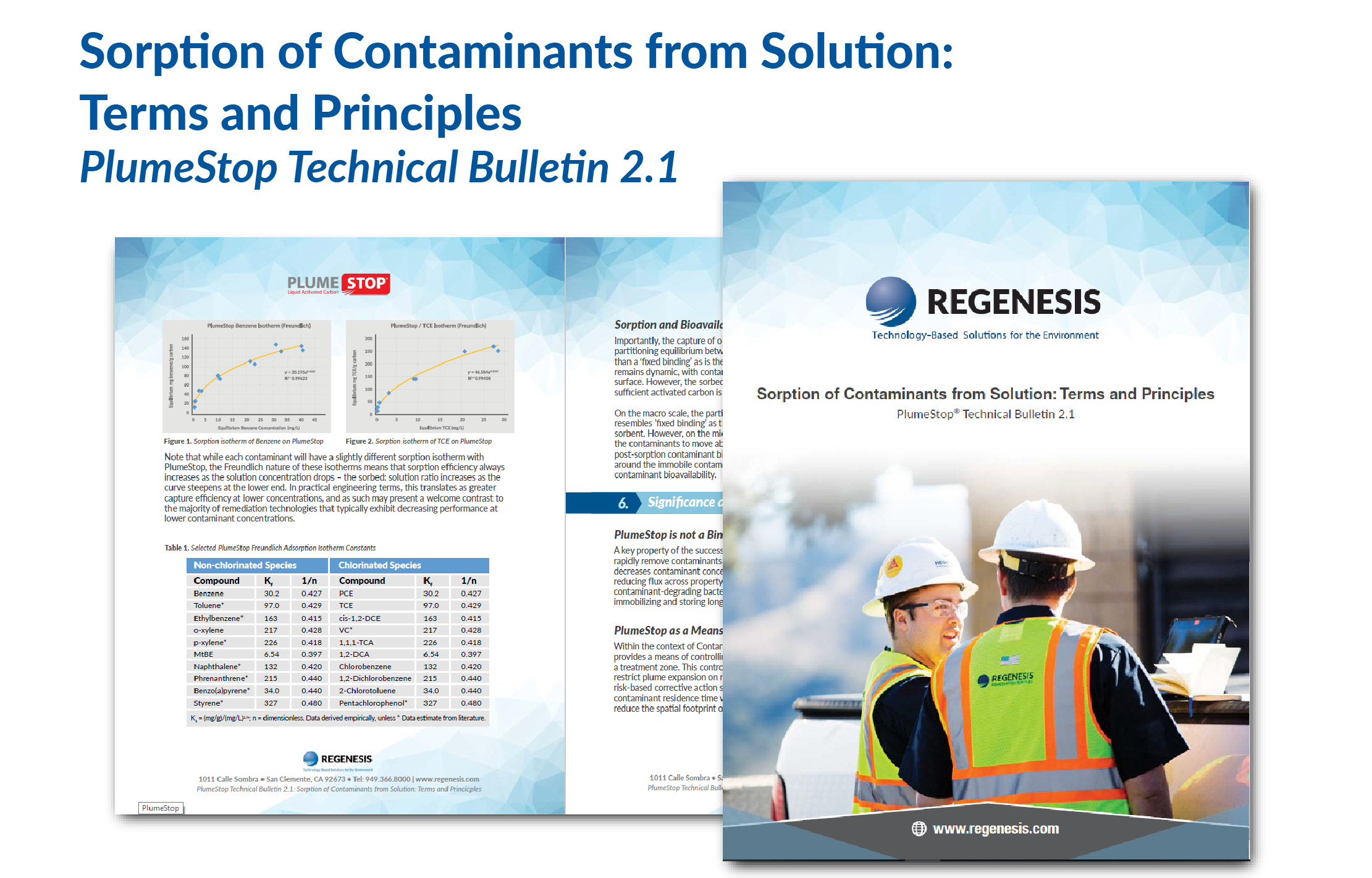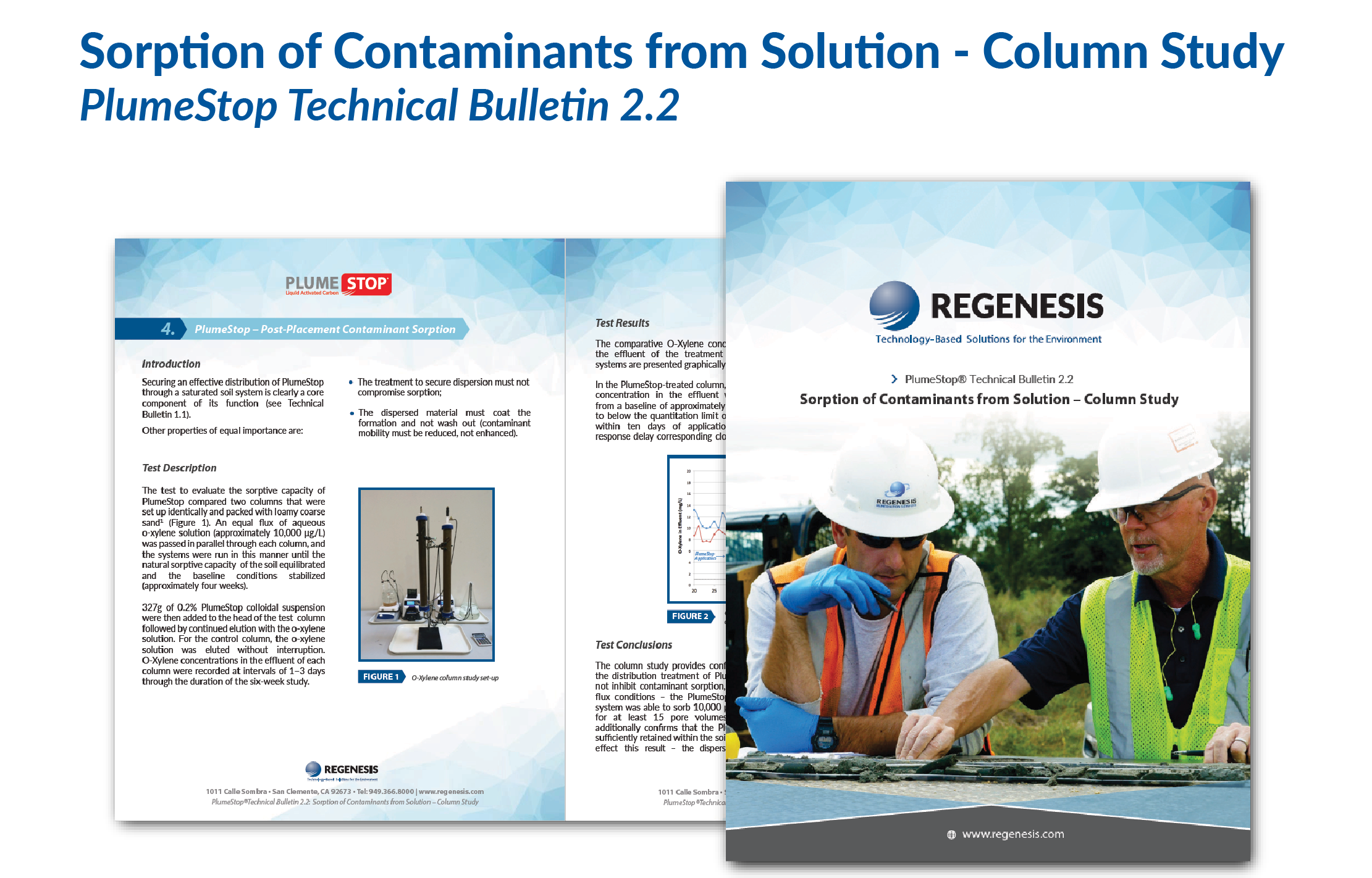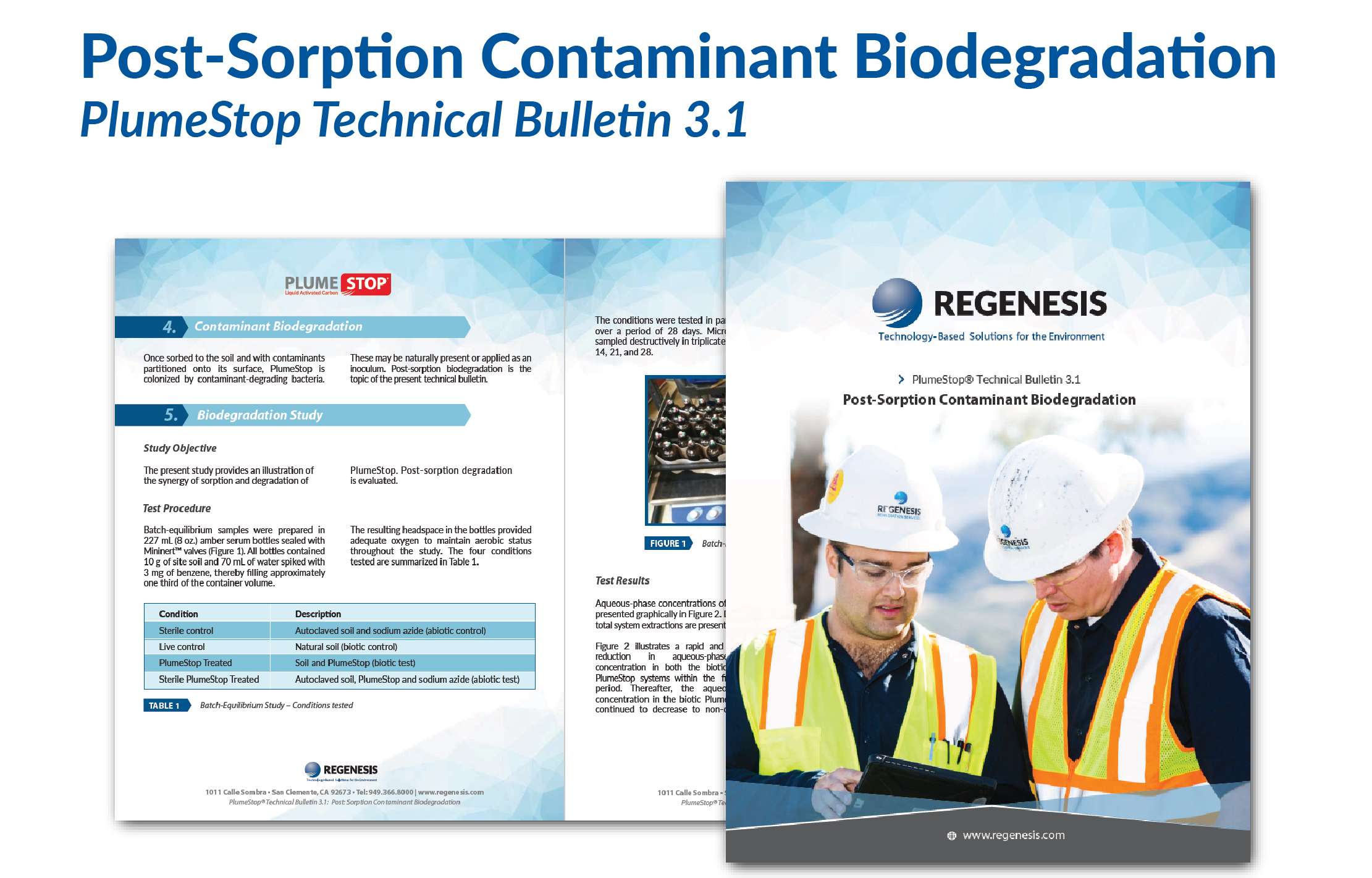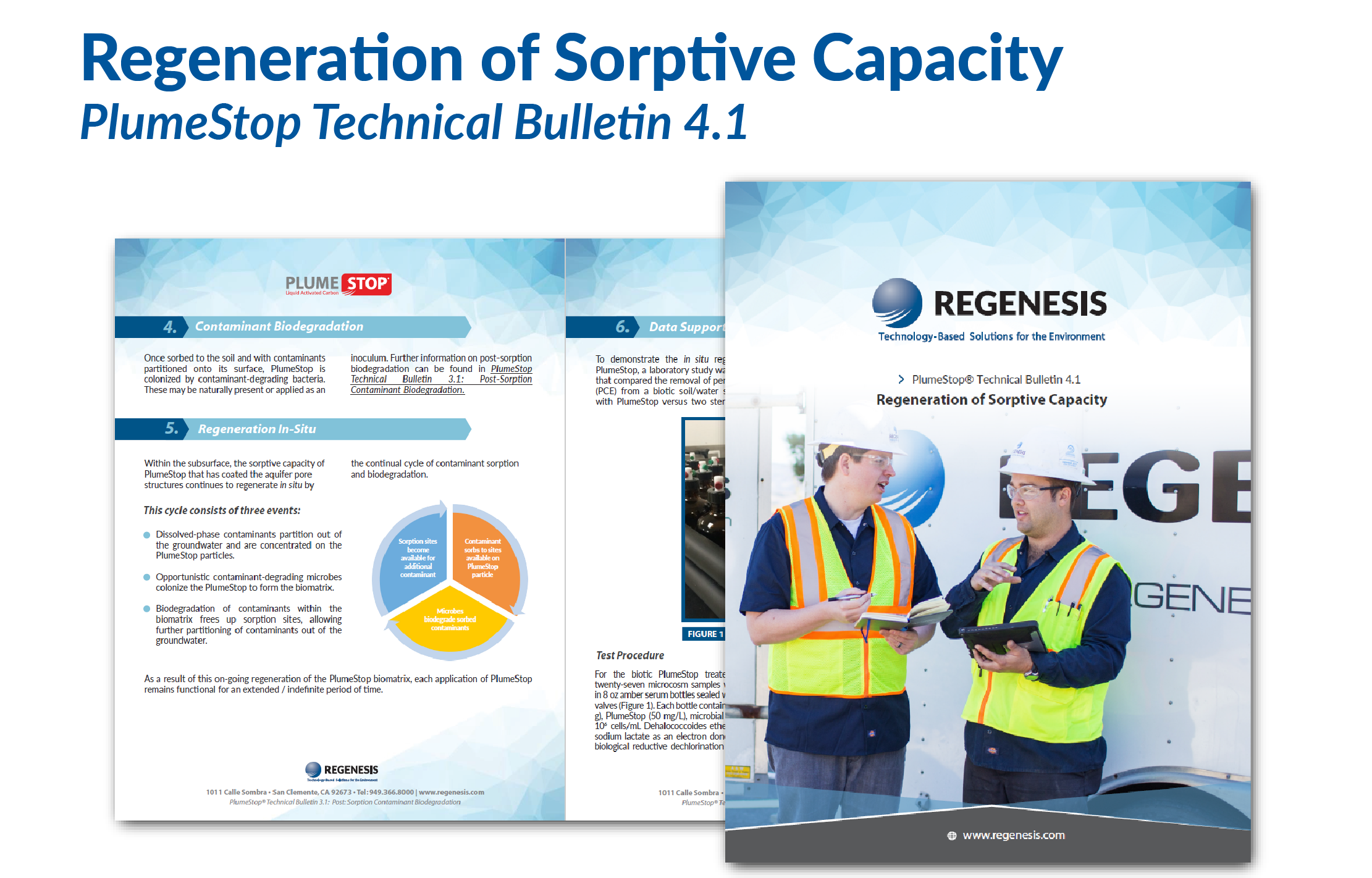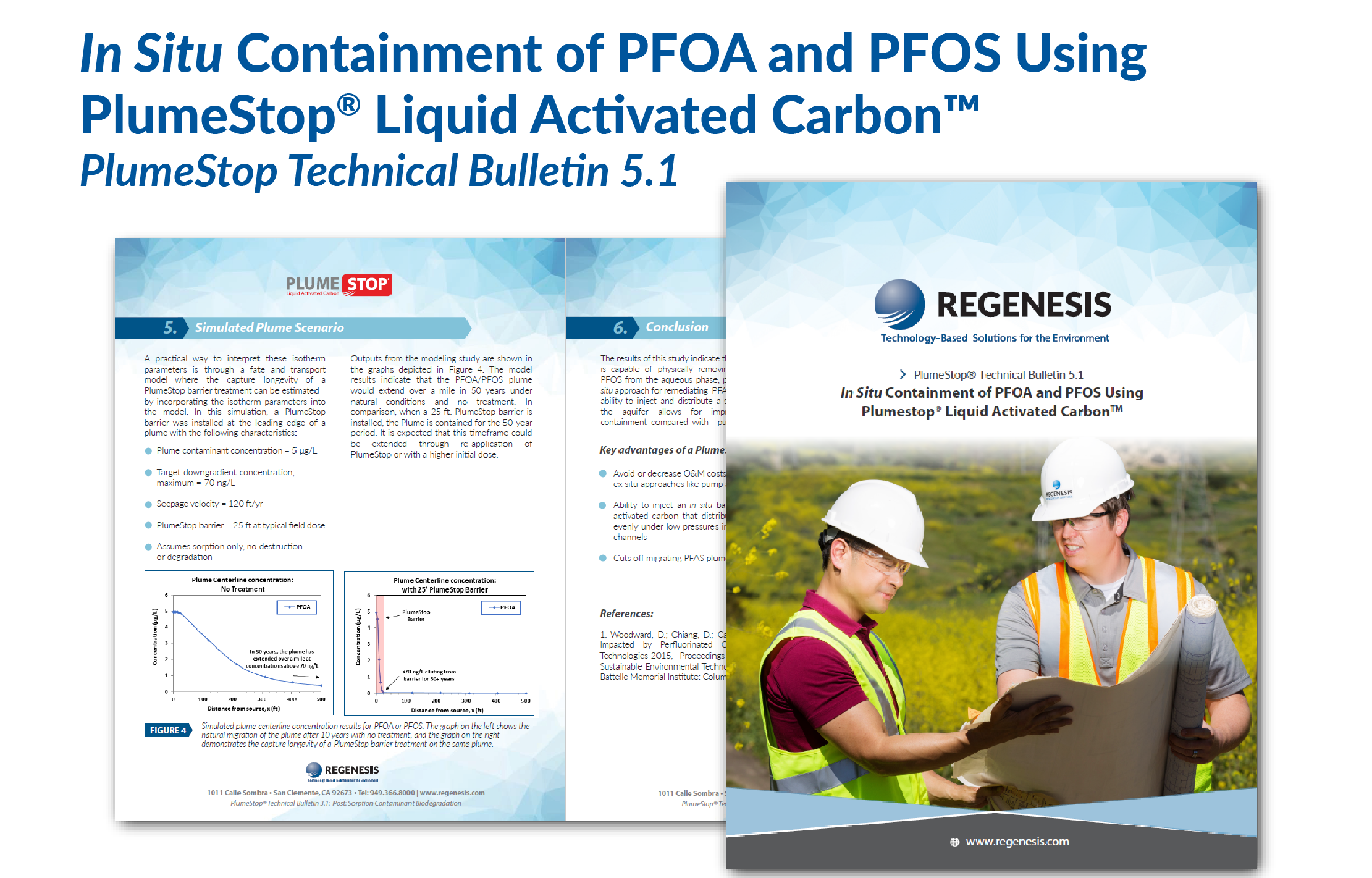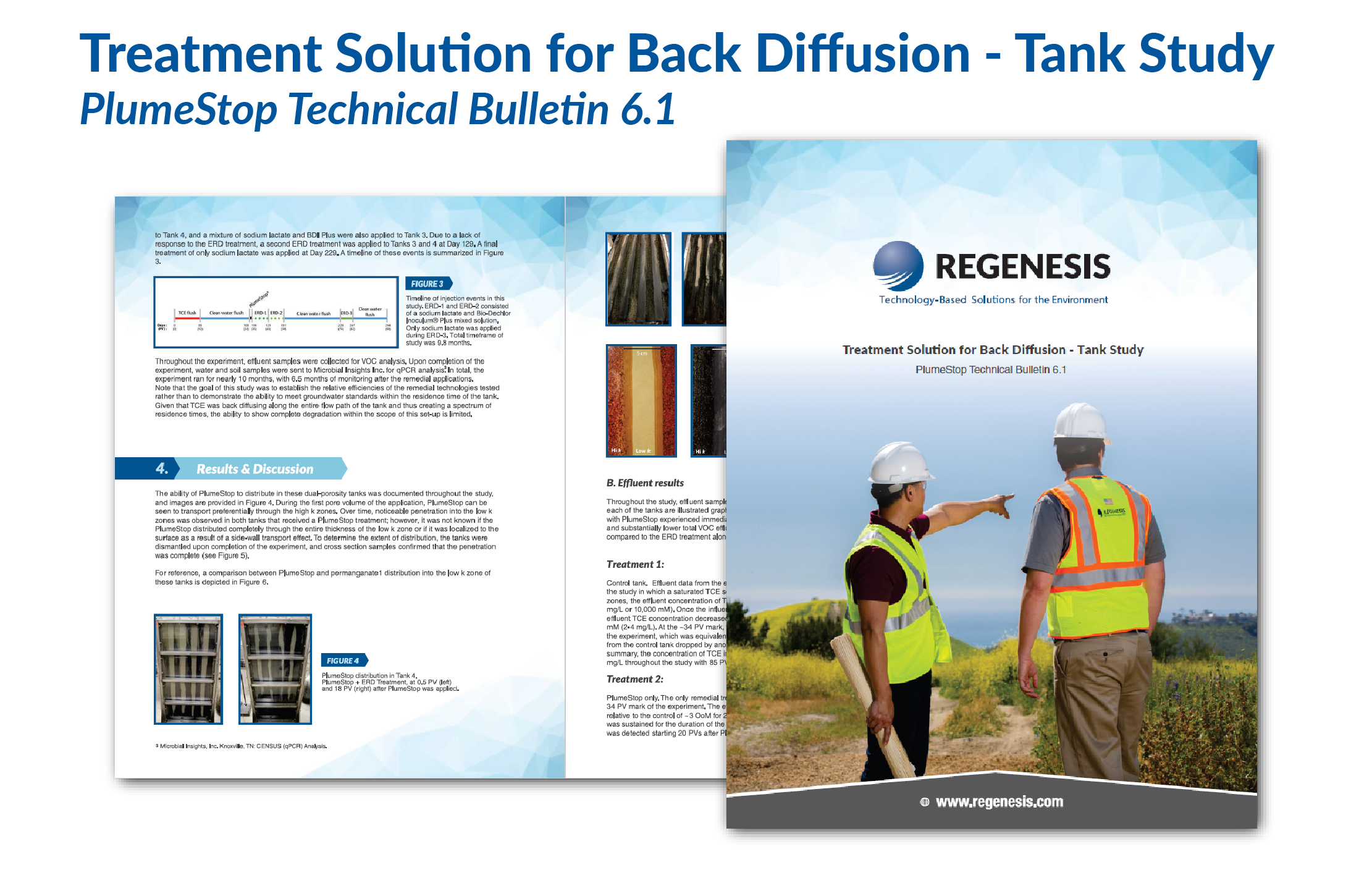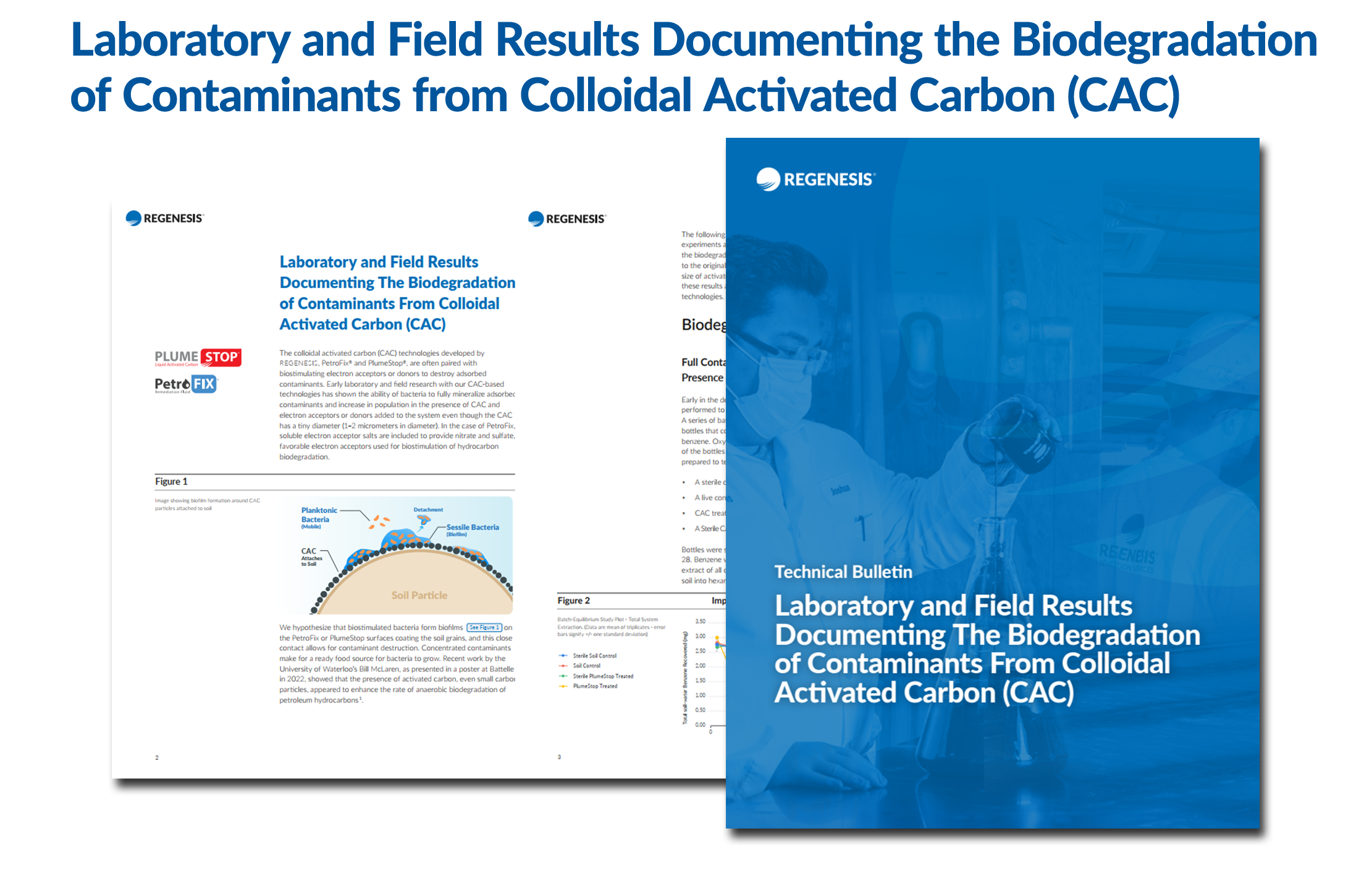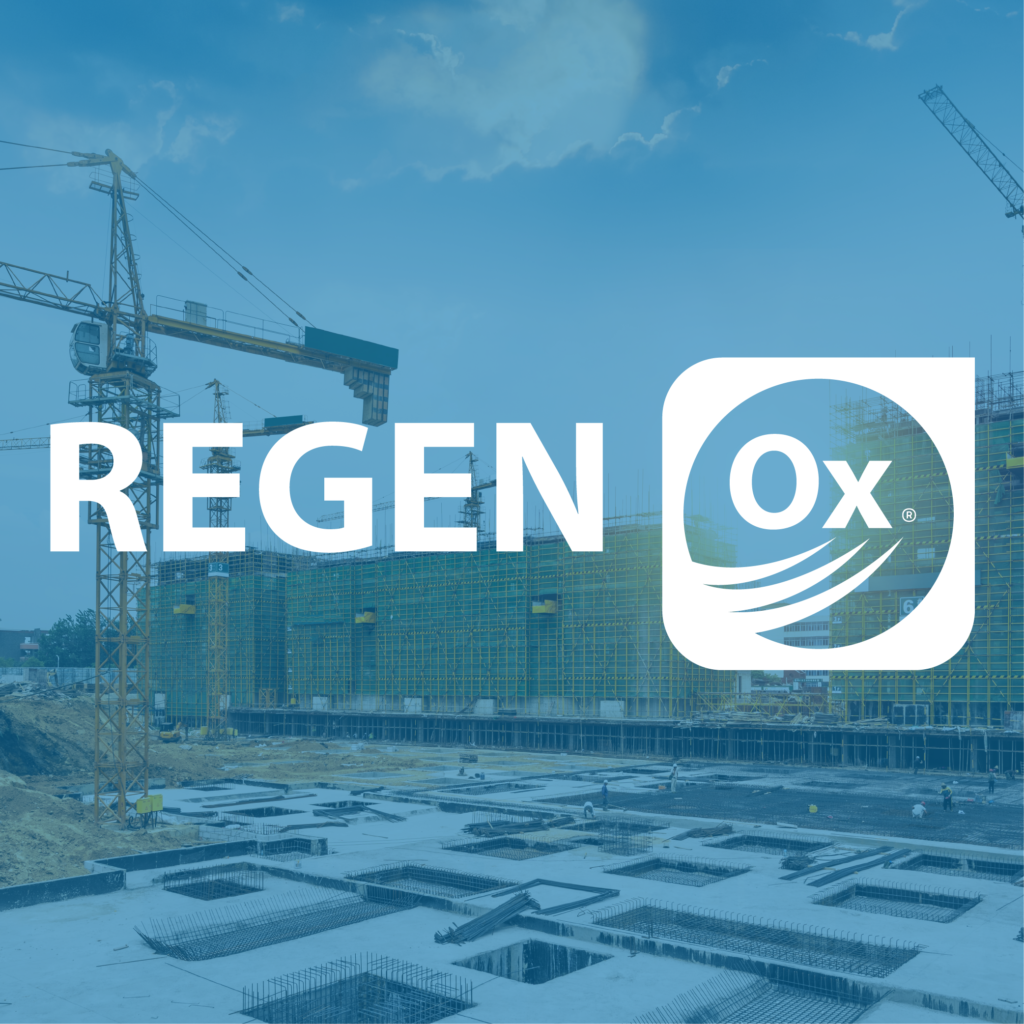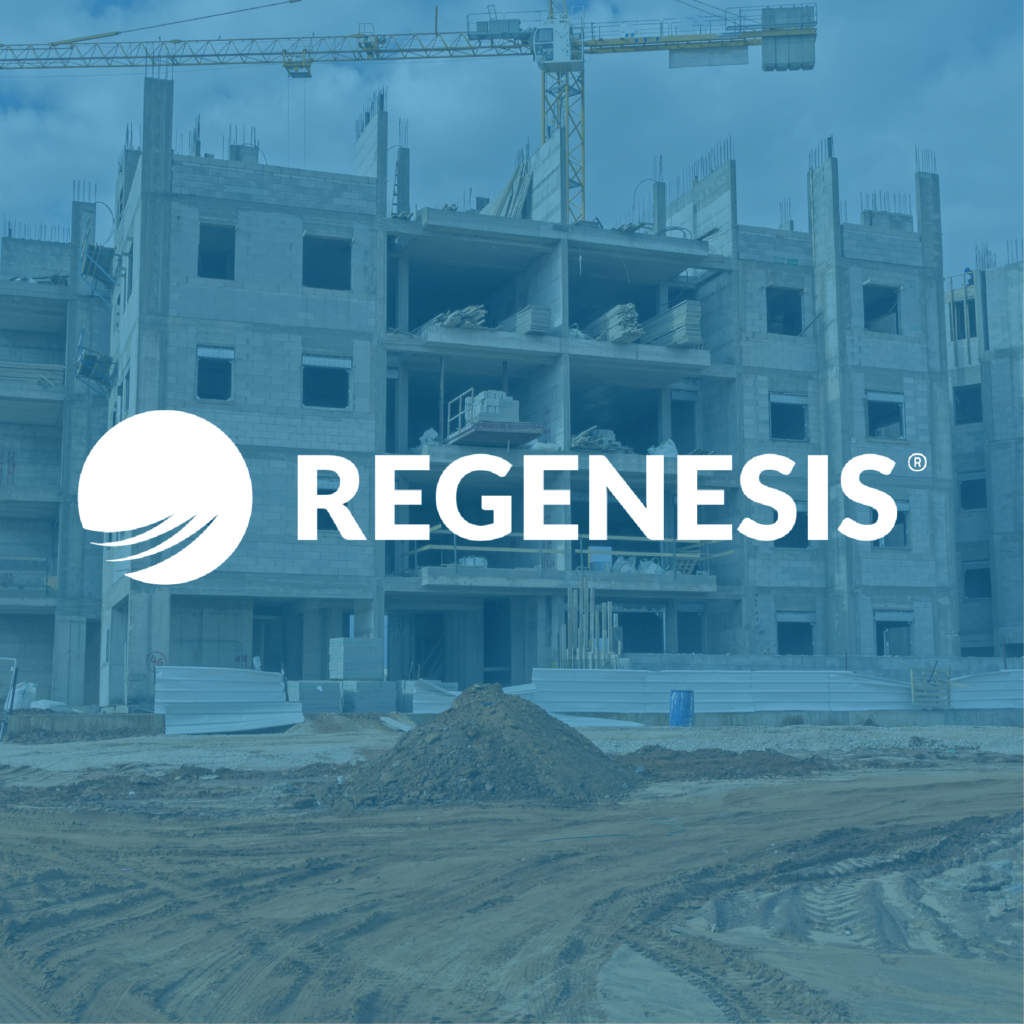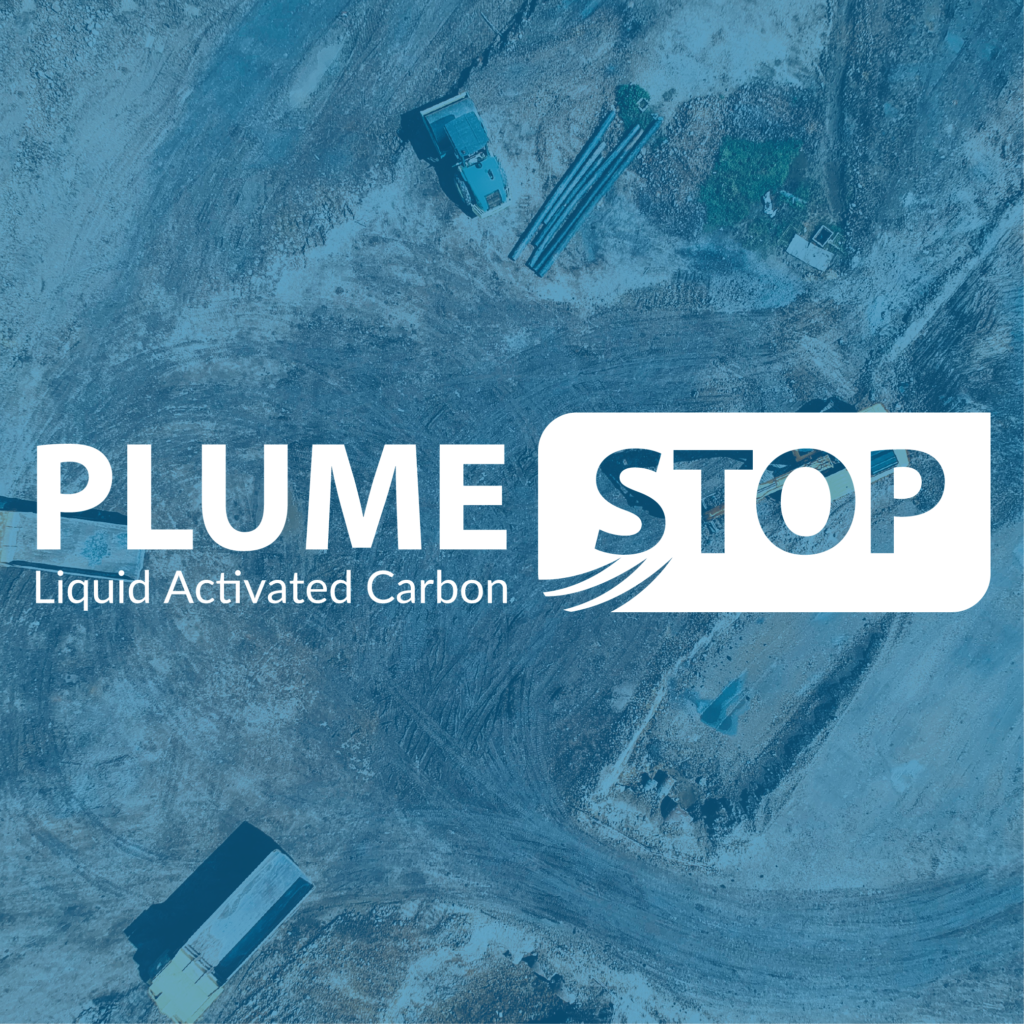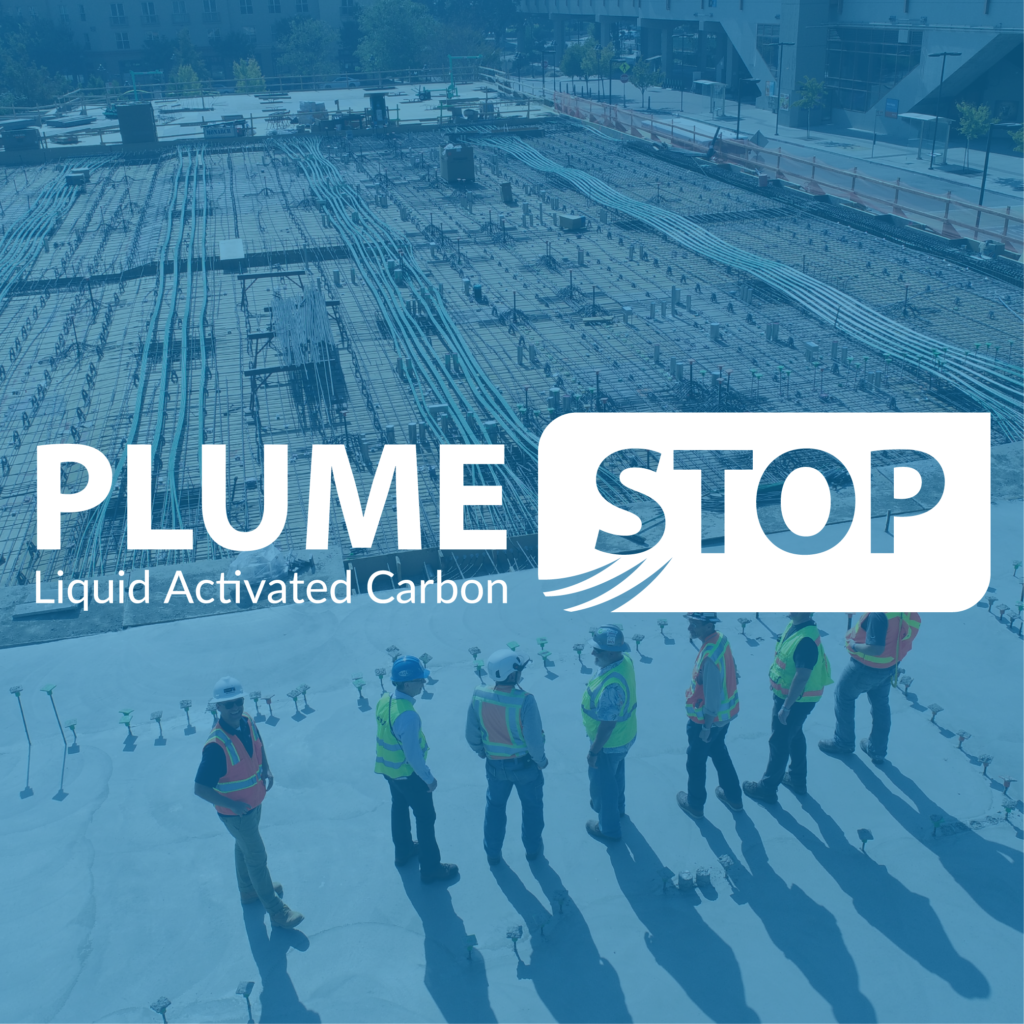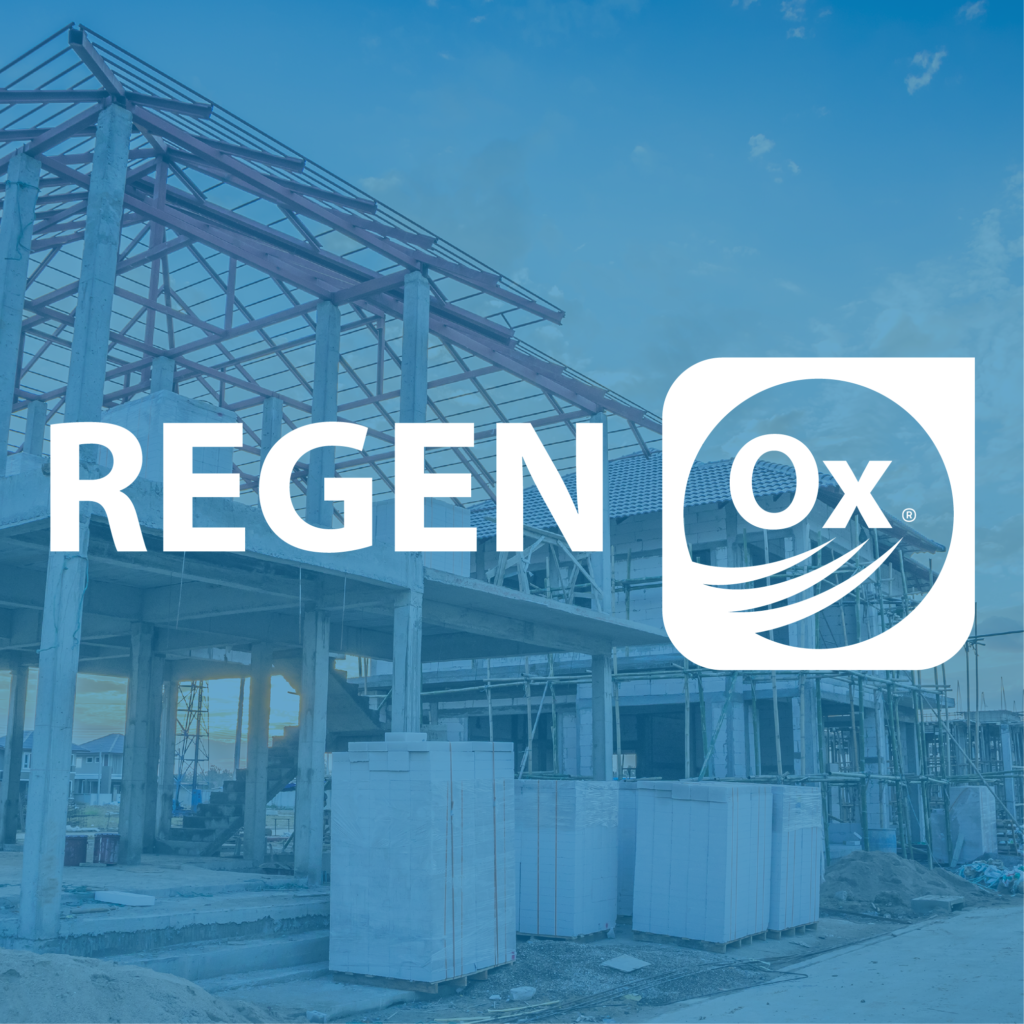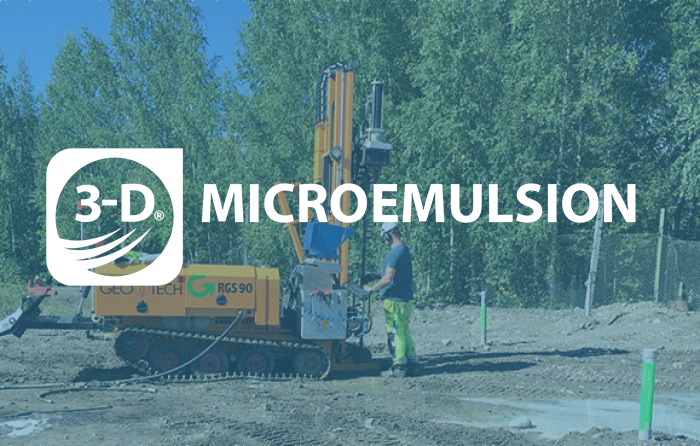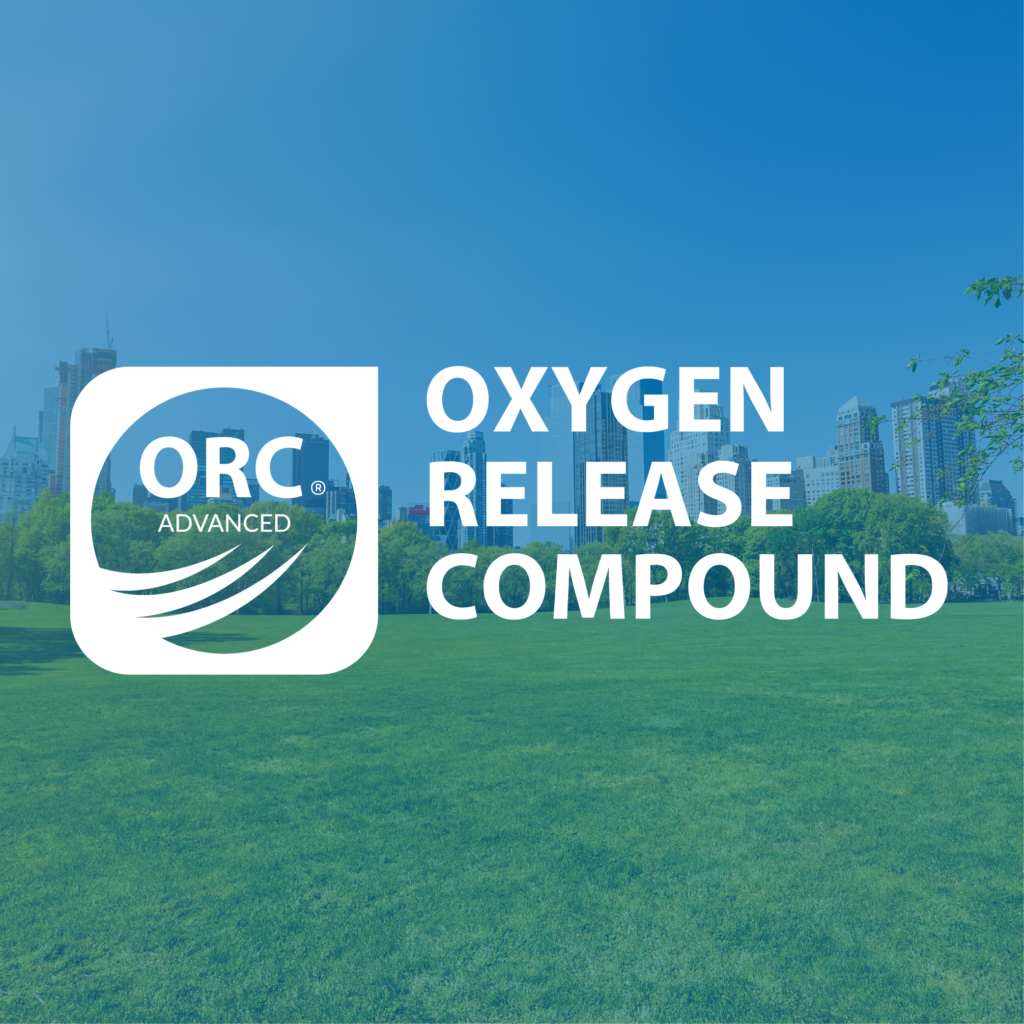Design Verification Technical Bulletin
Design Verification Testing
In cases where a site assessment has led to the selection and design of a remediation program involving the subsurface application of fluids (e.g. chemical sorbents, oxidants, reductants, etc.) it pays to verify the assumptions used in the remediation design before implementation of the full remediation program.
Design Verification Testing (DVT), also referred to as Flux Zone Verification, is a term used to describe a suite of field sampling/testing activities carried out before implementing a subsurface substrate injection program. The purpose is to verify that the subsurface conditions at the selected application location match those conditions used in the design. Performing the Flux-Zone Verification step provides critical data input to the design team allowing to adjust the necessary elements in the design. These design adjustments significantly improve substrate placement and result in an overall improvement in remedial performance and reduction in overall project cost.
The Flux Zone Verification Technical Bulletin provides an overview of the process performed by REGENESIS Technical Services that results in better remediation results and lower project costs. Please access the technical bulletin by clicking the link below.
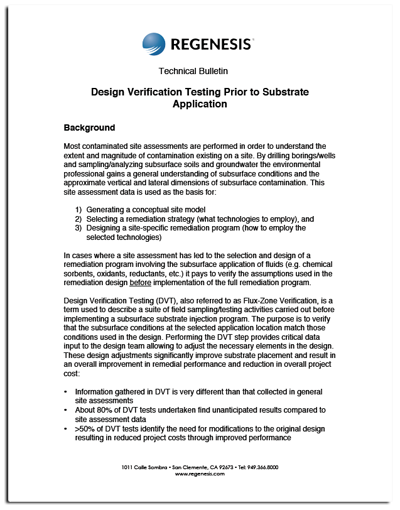
PlumeStop Technical Bulletins
RegenOx® Application Manual
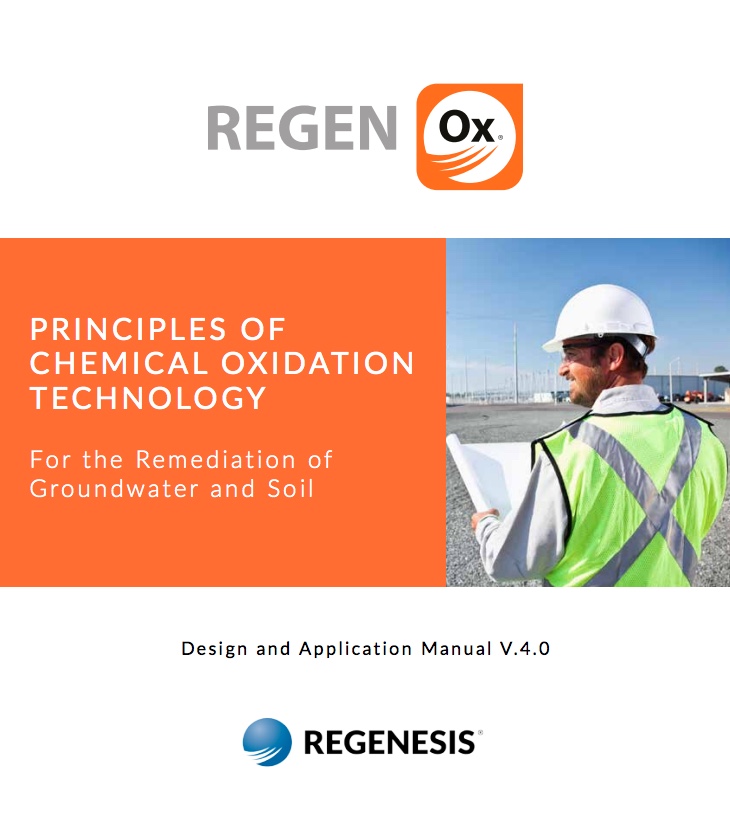 RegenOx® Application Manual
RegenOx® Application ManualRegenOx® is a proprietary in situ chemical oxidation process using a solid oxidant complex and an activator complex. RegenOx has very high activity capable of treating a very broad range of soil and groundwater contaminants, has significant longevity in the subsurface, and when handled appropriately is safe and easy to apply.
The intention of this manual is to serve as a reference point to allow the reader to understand the current “best practices” in chemical oxidation technology and more specifically the application of RegenOx, the state-of-the-art remediation technology developed by REGENESIS.
The first three sections of this manual (1-3) describe the basic chemical oxidation mechanisms and the technical attributes of chemical oxidation products. Then, Section 4- Biological Treatment Following Chemical Oxidation describes the coupling of chemical
oxidation technology with accelerated bioremediation.
The balance of the manual deals with technology application. Section 5- Expectations of Chemical Oxidation – deals specifically with setting realistic objectives for remediation and properly managing performance expectations. Sections 6 through 10 offer design and application guidance on successfully completing a chemical oxidation project. Lastly, Section 11 describes technical support available from REGENESIS to engineering firms for the design and application of chemical oxidation to treat subsurface contamination.
The RegenOx Application Manual is 66 pages in length and delivered in downloadable PDF format. Please access the manual by completing the form on this page.
Safety Data Sheet (SDS) Center
Our SDS Center includes Safety Data Sheets in downloadable PDF format for the following products:
Please fill in the form to the right for full access our Safety Data Sheet (SDS) Center.
SDS for:
- PlumeStop® Liquid Activated Carbon™
- PetroFix®
- S-MicroZVI®
- AquiFix®
- Chemical Reducing Solution (CRS®)
- 3-D Microemulsion®
- Hydrogen Release Compound (HRC®)
- PersulfOx®
- RegenOx®
- Oxygen Release Compound Advanced (ORC Advanced®)
- PetroCleanze™
- Bio-Dechlor INOCULUM® Plus
- Metals Remediation Compound (MRC®)
Access the SDS Center by providing the Information below:
PlumeStop® Liquid Activated Carbon™ Video
PlumeStop Liquid Activated Carbon represents a new patented technology innovation designed to address the challenges of excessive time and end-point uncertainty in groundwater bioremediation.
Learn More
- For more information including a detailed white paper and technical bulletins on PlumeStop visit our PlumeStop page.
- If you need assistance with a current project and would like to get a design and cost for the use of PlumeStop please visit our Request a Design page.
- To get in contact with a Regenesis Technical Solutions Manager use our Contact Us form.
Migrating Plume Treatment Video
Featuring the application of PlumeStop® by Regenesis Remediation Services (RRS)
Superfund Site ISCO Field Application Video
Featuring the application of PersulfOx by Regenesis Remediation Services (RRS)
RegenOx® In Situ Chemical Oxidation Application Instructions
RegenOx is a two-part chemical oxidant (a liquid and a solid) that destroy’s contaminants by means of robust chemical reactions, therefore distribution of RegenOx within the soil/groundwater matrix and contact with contaminants are of paramount importance.
RegenOx is delivered to the subsurface using two primary methods, direct-injection and fixed-delivery wells. Direct-injection is typically the optimal approach for shallow soils to ensure thorough distribution across heterogeneous soils. The relative cost of direct-injection allows for closer spacing than can be achieved with the use of permanent wells. Permanent or temporary injection wells can also be used and may be a suitable delivery method where multiple injections and higher volumes are required. RegenOx can also be used in excavation applications, soil mixing projects, bio-piles and trench configurations.
It is important to recognize that most applications of chemical oxidation including those using RegenOx® will require subsequent re-application, therefore it is prudent to keep this in mind when planning and configuring your injection scheme. Re-applications are necessary due to the fact that as the concentration of contaminant in groundwater decreases (or is chemically oxidized), the equilibrium between the aqueous phase and the sorbed-phase (or free-phase) will change, resulting in an increase in the rate of desorption of contaminant. As the oxidant is consumed and soil organics are oxidized, the concentration of contaminant in the aqueous phase can increase. Monitoring of the site after injection often shows an increase in the concentration of contaminant in the groundwater samples; however, if soil samples are also collected, they should show a corresponding decrease in mass of contaminant.
Note: All Installation Instructions are in .PDF format and can only be read using Adobe Acrobat® Reader®. Please click the icon below to download the most recent version.
3-D Microemulsion Application Instructions
3-D Microemulsion is typically applied in high-volumes as an emulsified, micellar suspension (microemulsion). The material is delivered to the site as a concentrate and is then emulsified with on-site water forming an easy to handle and pump microemulsion with a relatively high hydrophilic/lipophilic balance (HLB). This high HLB allows dilute 3-D Microemulsion suspensions to be well distributed across contaminant plumes without high injection costs. 3-D Microemulsion applications can be configured in several different ways including: grids, barriers and excavations. The material itself can be applied to the subsurface through the use of direct-push injection, hollow-stem auger, existing wells or re-injection wells 3-D Microemulsion is usually applied throughout the entire vertical thickness of the determined treatment area. Once injected, the emulsified material moves out into the subsurface pore spaces forming micelles and moving via micellar transport, eventually coating most all available surfaces, these structures provide the added benefit of increased distribution via migration to areas of lower concentration. Over time the released soluble components of 3-D Microemulsion are distributed within the aquifer via the physical process of advection and the concentration driven forces of diffusion.
ORC Advanced Application Instructions
ORC Advanced® can be applied to the subsurface in a number of different ways. The application method chosen is often determined by a range of factors including: depth to groundwater, soil type, location and extent of contaminants, remediation objectives, etc.
Typical installation of these controlled-release oxygen amendments involves mixing the ORC Advanced powder with water and forming an injectable slurry. The slurry is then injected into the subsurface using direct-push technology which can be an extremely cost-effective, efficient and clean way to deliver controlled-release oxygen into groundwater. Other common application types for ORC Advanced include: oxygen curtains (barriers), excavations, tank-pits, trenches and single or multi-well filter socks.
The following table contains ORC Advanced installation instructions for several different types of installations.
Note: All Installation Instructions are in .PDF format and can only be read using Adobe Acrobat® Reader®. Please click the icon below to download the most recent version.

 Americas
Americas Europe
Europe Français
Français Deutsch
Deutsch Italiano
Italiano Español
Español